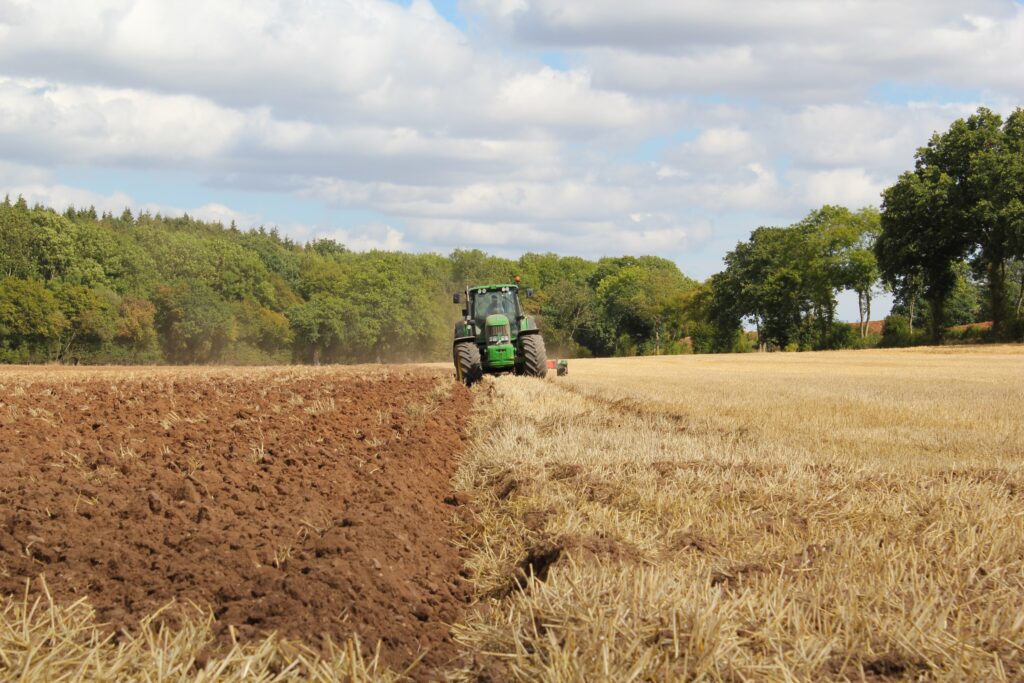Agriculture is one of the industries that has been hit hard by the COVID-19 pandemic. But now that things are beginning to get back into shape, it’s time to consider how farmers can make the best of the situation and recover from the losses they suffered.
The truth is that intensive agriculture, which is considered as a way for farmers to maximize profits, is not sustainable in the long term for most farmers. Not only does it put a huge amount of pressure on the land, but it also requires the usage of costly infrastructure and added labor.
Holistic methods of farming, however, are showing better promise for truly maximizing yields and profits. Below are certain aspects of holistic farming that any farmer can introduce to their agricultural process.
Soil fertility maintenance
While yield maximization is easily the most important thing at this hour, it is soil fertility that will allow for this to happen, and this is something that some farmers overlook. Heavy reliance on chemical fertilizers and other methods of intensive farming can adversely affect soil health. On the other hand, organic farming and residue management based farming processes can help the soil maintain its fertility and minimise input costs. Each farmer should aim to strike a balance between these options that suits their land, accounting for factors like input costs, labor usage and herbicide resistance.
Connecting with the market
Holistic farming is no longer contained within the bounds of the farm alone. Now farmers are connecting directly with the market and selling their produce without the hassle of middlemen coming into the picture. Many farmers have set up their own e-commerce stores for urban outlets to shop from. They are also using social media platforms to help grow their marketing capabilities.
This form of modern holistic farming allows for a shortening of the supply chain and further control over the entire business process. That means more profit for the farmer, and fresher produce for the consumer. By bridging this gap with technology, agriculture combines traditional methods with modern communication platforms to create something truly exciting and new.
Resource distribution
Holistic farming is about connecting with the environment through your farming process. So, you must look at agriculture as an extension of the biodiversity that exists in your ecosystem. Maintaining soil fertility and preserving natural resources are not only tools that enhance your farming process, but also the basic duties of farmers, who are custodians of the land they work.
But the fact remains that when you adopt these methods as part of your agricultural process you will create an environment that does not strain any of your resources. Furthermore, you will also ensure the distribution of resources in a highly methodical manner which will allow for maximum budget control. So, in the end, using your resources wisely will allow you to earn more.
The time is now for farmers to concentrate on playing the long game. Though the economy is recovering, it will still take a long time before things return to the status quo. Through extensive farming, the profits one will gain will be short-lived, and it may be followed by a time of economic depression. So, choose holistic farming to protect your land, your business and your bottom line.


